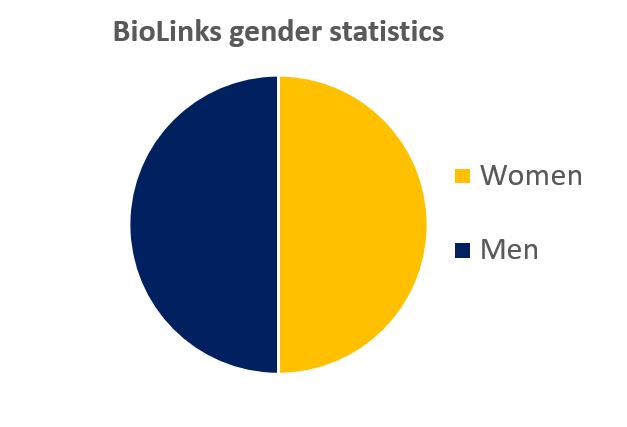International Day of Women in Science
Today is the International Day of Women and Girls in Science.
“Science and gender equality are both vital for the achievement of the internationally agreed development goals, including the 2030 Agenda for Sustainable Development. Over the past 15 years, the global community has made a lot of effort in inspiring and engaging women and girls in science. Unfortunately, women and girls continued to be excluded from participating fully in science. According to a study conducted in 14 countries, the probability for female students of graduating with a Bachelor’s degree, Master’s degree and Doctor’s degree in science-related field are 18%, 8% and 2% respectively, while the percentages of male students are 37%, 18% and 6%.
In order to achieve full and equal access to and participation in science for women and girls, and further achieve gender equality and the empowerment of women and girls, the United Nations General Assembly adopted resolution A/RES/70/212 declaring 11 February as the International Day of Women and Girls in Science.”
– United Nations, 2019 (https://www.un.org/en/events/women-and-girls-in-science-day/)
An under-engagement of women in biological recording has been highlighted as one of the areas of concern within the sector. Consequently, the BioLinks project has a target to make sure women are not under-represented in terms of the volunteers attending our training courses. We ask all participants to fill in an anonymous demographic monitoring form which asks people to self-identify their gender. The results to date are a perfect 50:50 gender split between women and men! It’s fantastic that the gender make-up of attendees on our courses seems to be so equal. However, although we ask all participants to fill in the forms, not all do, so we may not be getting a full picture. (If you have been on a BioLinks course and haven’t yet completed the demographic monitoring form, please do so here!)

Many of the images being shared on social media today will show women in white coats, using microscopes or pipettes, and working in laboratories or universities. We do a fair amount of lab and classroom work through BioLinks (usually without the white coats!), but our science often looks a little different. The women we work with are more often found in wellies, excitedly grubbing around in hedgerows for invertebrates! So in celebration of the International Day of Women and Girls in Science, I thought I’d share images of some of the women who’ve been involved in BioLinks so far, all of whom have contributed in different ways to a successful first year of the project. Thank you to all!

- Anonymous's blog
- Log in or register to post comments



